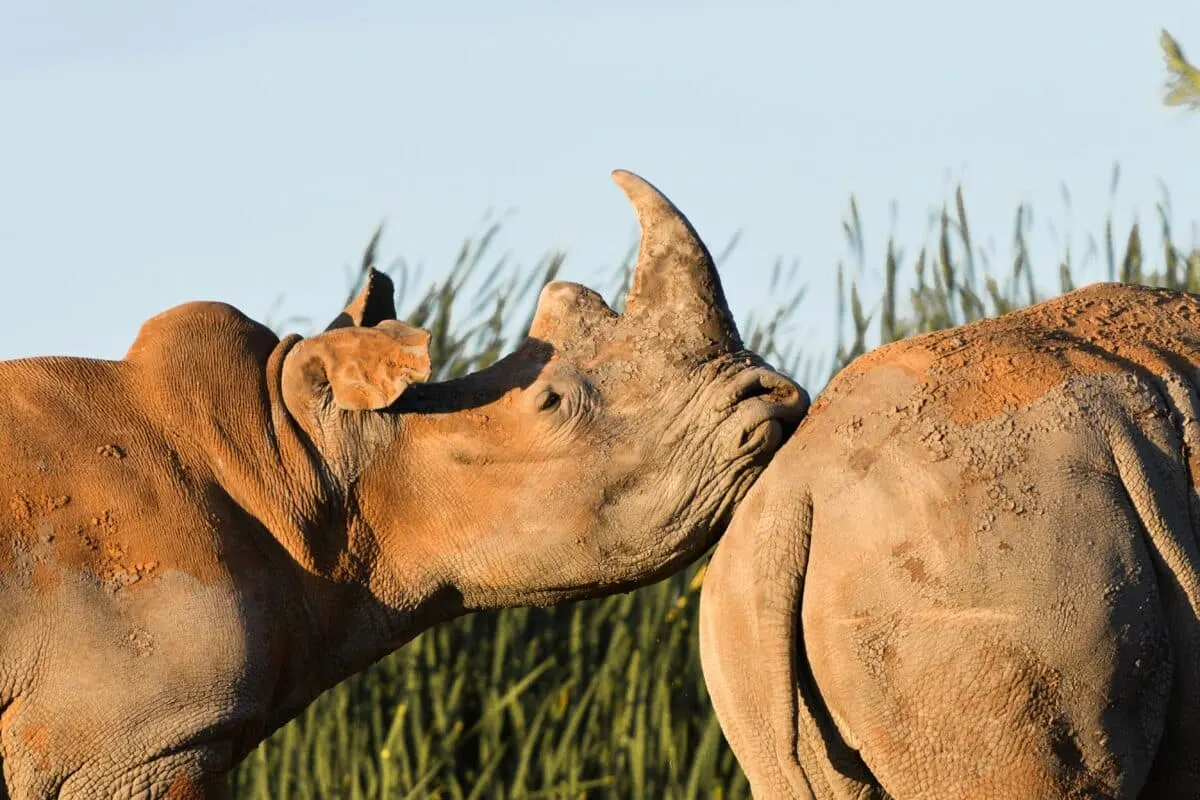Rhinoceroses stand as living monuments to prehistoric times, having roamed Earth for over 50 million years with remarkably little evolutionary change. These magnificent creatures, often referred to simply as rhinos, are among the most distinctive mammals on our planet. While their imposing size and iconic horns might be their most recognizable features, rhinos possess numerous extraordinary characteristics that set them apart in the animal kingdom. From specialized skin adaptations to surprising social behaviors, these endangered giants continue to fascinate scientists and wildlife enthusiasts alike. Let’s explore twelve remarkable features that make rhinoceroses truly unique among mammals, offering insights into why these ancient creatures deserve our admiration and protection.
Their Prehistoric Lineage Makes Them Living Fossils
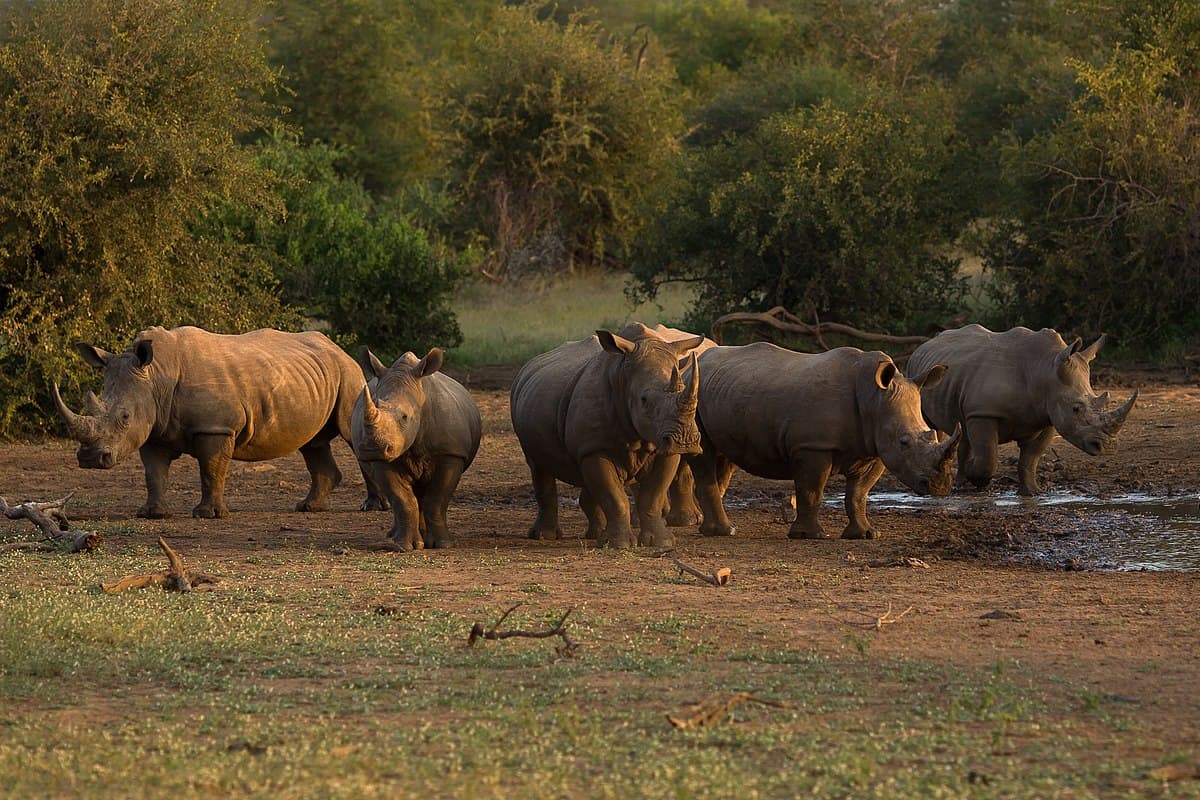
Rhinoceroses represent one of the oldest mammalian lineages still walking the Earth today. Their ancestors, known as Paraceratherium, first appeared during the Eocene epoch approximately 50 million years ago and were even larger than modern rhinos, standing up to 18 feet tall at the shoulder. This makes the rhinoceros family one of the few large mammal groups that has survived multiple extinction events throughout Earth’s history.
While many prehistoric mammal species disappeared as climates and ecosystems changed, rhinos have shown remarkable evolutionary resilience. Modern rhinos retain many physical characteristics similar to their ancient ancestors, earning them the designation of “living fossils.” Their body structure, including their distinctive three-toed feet and specialized teeth for processing vegetation, has remained largely unchanged for millions of years, providing a living connection to Earth’s distant past.
Their Horns Are Made of Keratin, Not Bone
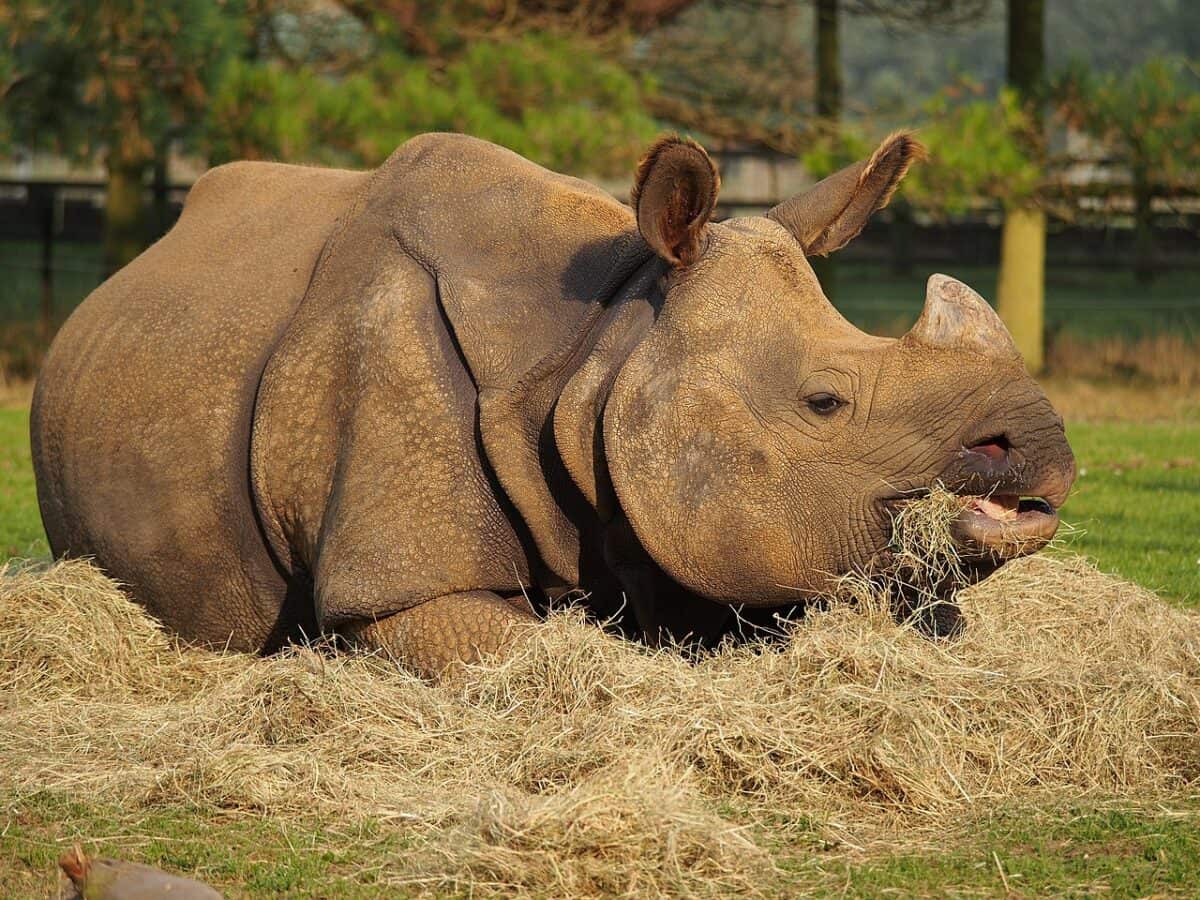
Perhaps the most iconic feature of rhinoceroses is their horn, which, contrary to popular belief, is not made of bone or ivory. Rhino horns are composed primarily of keratin—the same protein found in human hair and fingernails. These keratin fibers are densely packed and strongly cemented together, creating a structure that is remarkably strong yet slightly flexible. This unique composition allows the horn to withstand significant impact without shattering.
Unlike antlers on deer, which are bone structures that shed annually, rhino horns grow continuously throughout the animal’s life, similar to our fingernails. If a horn breaks, it can regenerate, though this process occurs slowly. The keratin structure also gives the horn a slight flexibility that helps absorb impact when rhinos engage in combat or defense. Tragically, this unique biological feature has made rhinos targets for poachers, as their horns are highly valued in traditional medicine markets despite having no proven medicinal properties.
Their Thick Skin Functions Like Natural Armor
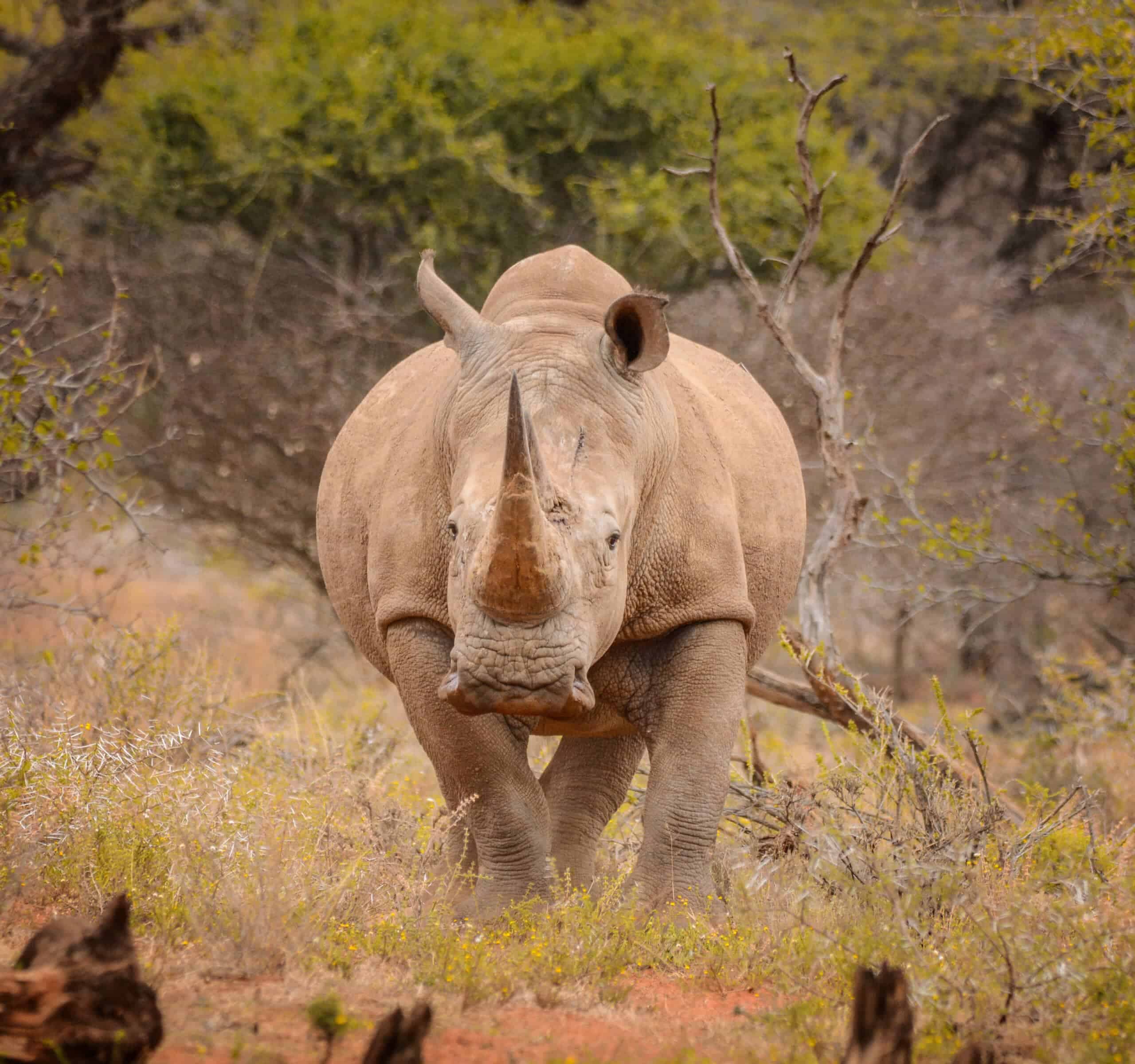
Rhinoceros skin is an engineering marvel of the natural world, measuring between 1.5 to 5 centimeters thick depending on the species. This remarkable dermal layer provides protection comparable to body armor, helping shield these massive animals from predator attacks, territorial fights with other rhinos, and thorny vegetation in their habitat. The skin consists of multiple collagen-rich layers that create a tough, leather-like exterior that few predators can penetrate.
Despite its thickness, rhino skin remains surprisingly sensitive. It contains numerous nerve endings that allow rhinos to detect even subtle touches, which helps explain why they often seek relief from biting insects by wallowing in mud or dust. Interestingly, their skin lacks sweat glands, making external cooling mechanisms like mud baths essential for temperature regulation. The deep folds that characterize rhino skin, particularly prominent in the Indian and Javan species, provide additional flexibility for movement and help dissipate heat from their massive bodies.
They Possess Remarkable Hearing and Smell Despite Poor Vision
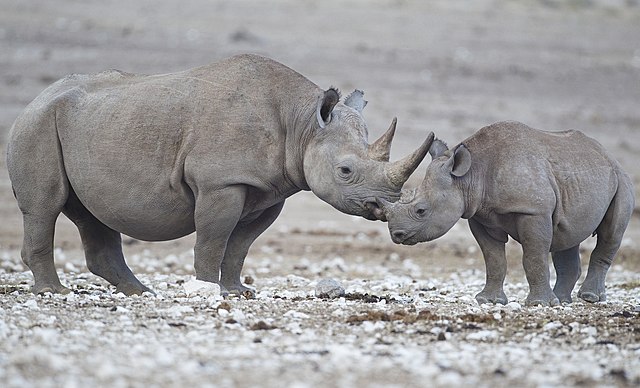
Rhinoceroses have a sensory world dominated by sound and smell rather than sight. Their vision is notably poor, with most species only able to detect movement and rough shapes at distances beyond 30 meters. This visual limitation makes rhinos sometimes appear jumpy or aggressive when startled by sudden movements they cannot clearly identify. However, nature has compensated for this visual deficit with extraordinary hearing and olfactory capabilities.
A rhino’s ears can rotate independently to capture sounds from different directions simultaneously, allowing them to detect potential threats or communication from other rhinos over considerable distances. Even more impressive is their sense of smell, which ranks among the finest in the mammalian world. Their elongated nasal passages contain highly developed olfactory receptors that can detect other rhinos, predators, or water sources from several kilometers away. This olfactory prowess is particularly important during mating season, when males track females through scent markers and females use smell to identify suitable mates.
Their Surprising Speed Defies Their Massive Size
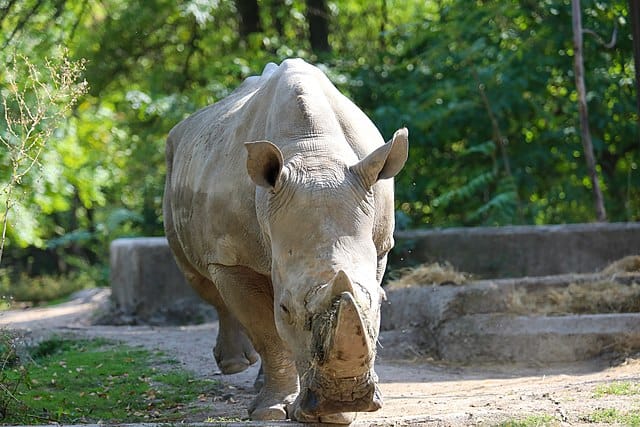
Despite weighing up to 2,500 kilograms (5,500 pounds), rhinoceroses can achieve remarkable speeds that seem to defy their bulk. White rhinos can charge at speeds reaching 50 kilometers per hour (31 mph), while the slightly smaller black rhino can sprint at up to 55 kilometers per hour (34 mph). This unexpected agility makes rhinos among the fastest massive land animals, capable of outrunning humans and many potential predators over short distances.
Their speed comes from powerful leg muscles and specialized tendons that store and release energy efficiently during movement. The three-toed foot structure provides stability during high-speed runs, while their low center of gravity helps them make surprisingly sharp turns despite their size. This combination of speed and maneuverability makes a charging rhino one of the most formidable forces in nature. Interestingly, rhinos typically only use their full speed in short bursts when threatened or during territorial disputes, preferring to conserve energy while foraging at a leisurely pace.
They Feature Specialized Lips Adapted to Their Diets

One of the most distinctive adaptations among rhinoceros species is their highly specialized lip structure, which correlates directly with their feeding ecology. White rhinos possess broad, square lips perfectly designed for grazing on grasses across the savannah. This wide mouth allows them to efficiently crop short grasses close to the ground, much like living lawnmowers. Their feeding strategy involves sweeping their heads from side to side, cutting swaths through grasslands.
In contrast, black rhinos evolved with a prehensile upper lip that comes to a point, functioning almost like a finger to pluck specific leaves, twigs, and fruits from bushes and trees. This specialized adaptation makes them efficient browsers rather than grazers. The Sumatran rhino shares this hooked lip adaptation for forest browsing, while Indian rhinos have a single finger-like projection on their upper lip for gathering aquatic plants and grasses. These distinct lip adaptations are perfect examples of how evolution has fine-tuned each rhino species to occupy specific ecological niches, reducing competition between species that might share the same territories.
Their Social Structures Vary Dramatically Between Species

Rhinoceros social behavior shows remarkable variation across the five surviving species, challenging the common perception that all rhinos are solitary creatures. White rhinos display the most complex social structures, with females and their calves often forming small groups called crashes, consisting of up to six individuals. Adult males (bulls) maintain territories of 1-3 square kilometers that they mark with dung piles and urine spray, allowing females to move freely between territories while challenging other males who intrude.
By contrast, black rhinos and Javan rhinos are primarily solitary, with adults coming together only for mating. Females raise calves alone for 2-4 years before the young become independent. Sumatran rhinos, the most ancient lineage, are especially reclusive, with individuals maintaining large home ranges and avoiding contact except during brief mating periods. Indian rhinos show intermediate sociability, occasionally tolerating others at prime feeding grounds or wallows. These diverse social adaptations reflect each species’ evolutionary response to different ecological pressures and habitat types, from open savannahs to dense forests.
Their Unique Symbiotic Relationships with Other Species

Rhinoceroses engage in fascinating symbiotic relationships that highlight their integration into complex ecological networks. The most visible of these relationships is with oxpecker birds (Buphagus species), which perch on rhinos’ backs to feed on ticks, flies, and other parasites. This classic example of mutualism benefits both species—the birds receive a steady food source while the rhinos get pest control service. Oxpeckers also serve as an early warning system, creating a commotion when they detect approaching predators or humans, giving the rhino time to prepare for potential threats.
Beyond birds, rhinos participate in less obvious but equally important symbiotic relationships. Their massive bodies create disturbances in vegetation that benefit smaller herbivores by opening up dense brush. Their dung serves as an important microhabitat for numerous dung beetles and other decomposers, who in turn help recycle nutrients into the soil. Their wallows, created by rolling in mud, eventually form water-collecting depressions that serve as microhabitats for amphibians and aquatic insects during rainy seasons. These ecological interactions demonstrate how rhinos function as ecosystem engineers, shaping their habitats in ways that benefit numerous other species.
Their Remarkably Long Gestation Period

Rhinoceroses have one of the longest gestation periods among land mammals, with pregnancies lasting between 15 to 18 months depending on the species. White and Indian rhinos typically carry their calves for around 16 months, while black rhinos have slightly shorter pregnancies of about 15 months. The Sumatran rhino, despite being the smallest rhinoceros species, has the longest gestation period at approximately 16-18 months. This extended developmental time allows rhino calves to be born at an advanced stage of development.
When finally born, a rhino calf typically weighs between 40 to 65 kilograms (88 to 143 pounds) and can stand within an hour of birth. This reproductive strategy, investing heavily in fewer offspring with longer development times, represents an evolutionary adaptation to produce well-developed young with higher survival chances. Female rhinos generally give birth to only one calf every 2-5 years and provide extensive maternal care, with calves remaining dependent on their mothers for up to four years. This slow reproductive rate makes rhino populations particularly vulnerable to decline when faced with poaching or habitat loss, as their populations cannot quickly recover from losses.
Their Complex Communication Systems
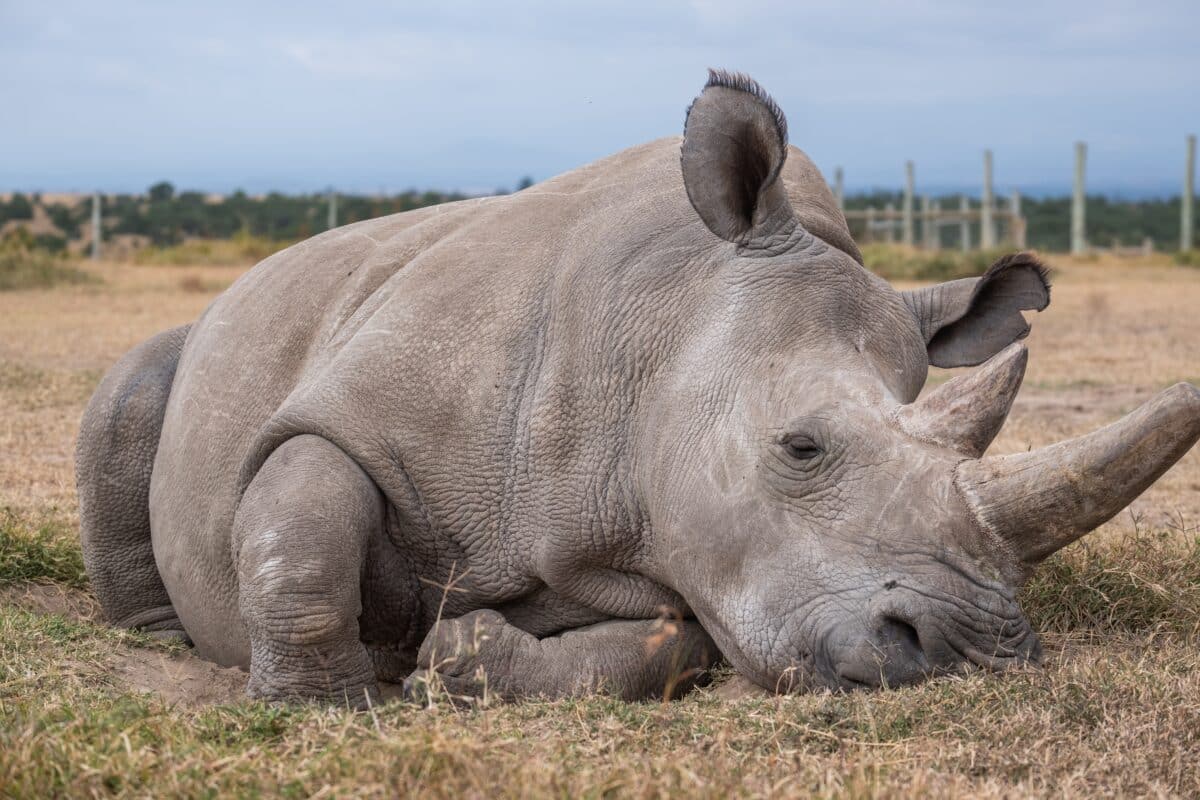
Despite their reputation for being solitary and aggressive, rhinoceroses utilize sophisticated communication systems that combine vocalizations, body language, and scent marking. Their vocal repertoire includes at least ten distinct sounds, from the high-pitched squeal of a calf calling its mother to the resonant “huff” that serves as a greeting between familiar individuals. When alarmed, rhinos produce a distinctive snort that can be heard over considerable distances, while aggressive confrontations may escalate to powerful bellows and roars that demonstrate dominance.
Beyond vocalizations, rhinos communicate extensively through scent marking, creating communal dung piles called middens that serve as information centers. By investigating these sites, rhinos can determine which other individuals are in the area, their sex, reproductive status, and when they passed through. This chemical communication is supplemented by physical displays, including ear positions, head movements, and postures that signal emotional states from relaxation to aggression. For animals often perceived as simple, rhinos actually maintain complex social awareness through these multilayered communication channels, particularly important in dense habitats where visual contact may be limited.
Their Extraordinary Longevity in the Wild

Rhinoceroses possess remarkable longevity compared to most mammals of similar size, with wild individuals regularly living 35-40 years and captive specimens occasionally reaching their fifties. This extended lifespan places them among the longest-lived land mammals outside of elephants and some primates. Their longevity correlates with their slow reproductive rate and extended period of maternal care, representing an evolutionary strategy that favors fewer, well-developed offspring with extended parental investment over numerous offspring with minimal care.
This impressive lifespan is supported by several biological adaptations, including their tough immune systems that resist many diseases, efficient digestive processes that extract maximum nutrition from fibrous plant materials, and their massive size that deters most predators. Interestingly, rhinos show few external signs of aging until very late in life, maintaining their strength and fertility for decades. Their extended reproductive years—females can continue calving into their thirties—help compensate for their slow breeding rate. This longevity has evolutionary advantages, allowing experienced individuals to pass on accumulated knowledge about seasonal food sources, water locations, and migration routes to younger generations, though this traditional knowledge transfer has been disrupted by population fragmentation in recent decades.
They’re the Only Mammals with Multiple Horns in a Linear Arrangement

Among all mammals, rhinoceroses stand unique in their horn configuration. While several mammals possess horns or horn-like structures—including bovids (cattle, antelope), cervids (deer), and even the giraffe—rhinos are the only mammals that can grow multiple horns arranged in a linear formation along the center of their face rather than in pairs. This distinctive arrangement is most evident in the white and black rhinos of Africa, which typically display two horns, with the anterior (front) horn usually longer than the posterior (rear) horn.
The Sumatran rhino takes this unique trait even further, occasionally developing a third small horn behind the primary two. This configuration has no parallel among other mammals and may be related to the specialized ways rhinos use their horns—not just for defense or combat, but for guiding vegetation while feeding, digging for water, and moving obstacles. The horn placement along the central axis of the skull provides maximum leverage for these activities. While other horned mammals typically use their horns primarily for intraspecies competition or predator defense, the rhino’s linear horn arrangement supports their unique ecological niche as powerful ecosystem engineers, capable of reshaping their physical environment.
Conclusion: Majestic Giants Deserving Our Protection
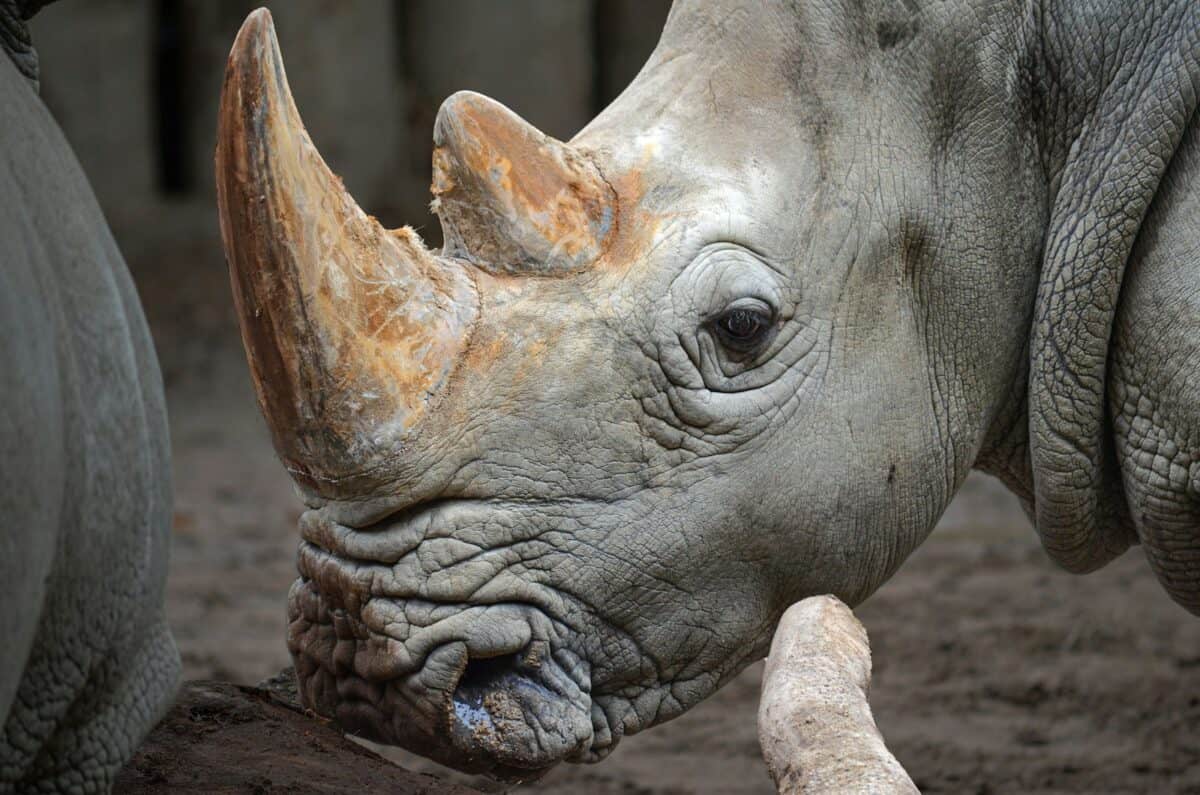
Rhinoceroses represent an extraordinary evolutionary success story, having survived millions of years through adaptations that make them truly unique among mammals. From their keratin horns and armored skin to their specialized lips and impressive speed, these animals have evolved remarkable solutions to the challenges of their environments. Their complex social structures, communication systems, and ecological relationships further demonstrate their sophisticated place in nature’s web, contrary to the simplistic perception of rhinos as primitive or unintelligent creatures.
Today, all five remaining rhino species face unprecedented threats from poaching and habitat loss, with three species classified as critically endangered. The white rhino offers a rare conservation success story, having been brought back from the brink of extinction in the early 20th century, while the northern white rhino subspecies has been functionally extinct in the wild since 2018, with only two females remaining under human care. The Javan rhino, with fewer than 80 individuals remaining in a single location, represents one of the most endangered large mammals on Earth.
The unique characteristics that make rhinos so special—their prehistoric lineage, specialized adaptations, and ecological importance—make their potential loss all the more tragic. As ecosystem engineers, their disappearance would affect countless other species that depend on the habitats they help maintain. Conservation efforts focused on habitat protection, anti-poaching measures, and carefully managed breeding programs offer hope for these magnificent creatures.
Understanding and appreciating the twelve remarkable features that make rhinos unique can help inspire the global commitment needed to ensure these living fossils continue to thunder across Earth’s landscapes for generations to come. Their preservation represents not just the saving of a species, but the protection of millions of years of evolutionary history and the ecological relationships that help maintain healthy, functioning ecosystems.
- 11 Myths About Zebras Busted by Science - August 8, 2025
- 13 Creatures That Can Survive in Outer Space - August 8, 2025
- The Ultimate Fossil Showdown Bewteen an Allosaurus and T-Rex - August 8, 2025

